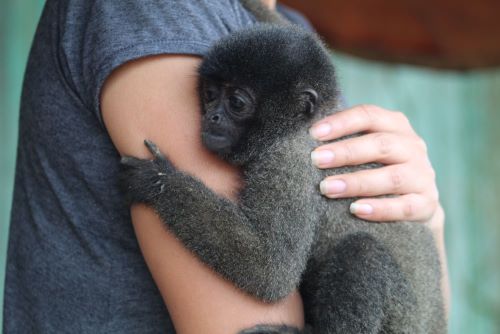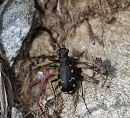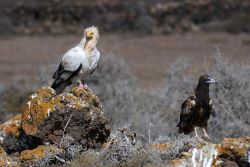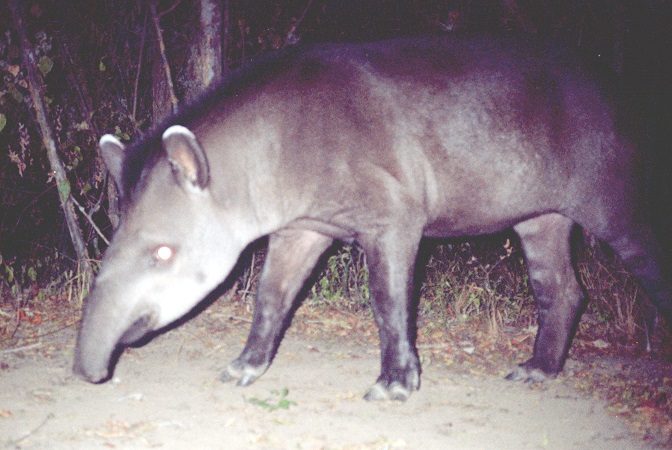Habitat destruction and overexploitation are the main threats to biodiversity and where they co?occur, their combined impact is often larger than their individual one. Yet, detailed knowledge of the spatial footprints of these threats is lacking, including where they overlap and how they change over time. These knowledge gaps are real barriers for effective conservation planning. Here, a novel approach was developed to reconstruct the individual and combined footprints of both threats over time. Satellite?based land?cover change maps were combined with habitat suitability models and hunting pressure models to demonstrate this approach for the community of larger mammals (48 species > 1?kg) across the 1.1?million?km2 Gran Chaco region, a global deforestation hotspot covering parts of Argentina, Bolivia and Paraguay. This provides three key insights. First, the study finds that the footprints of habitat destruction and hunting pressure expanded considerably between 1985 and 2015, across ~40% of the entire Chaco – twice the area affected by deforestation. Second, both threats increasingly acted together within the ranges of larger mammals in the Chaco (17% increase on average, cumulative increase of co?occurring threats across 465 000?km2), suggesting large synergistic effects. Conversely, core areas of high?quality habitats declined on average by 38%. Third, remaining priority areas for conservation in the northern and central Chaco were identified, many of which are outside the protected area network. Hotspots of high threat impacts in central Paraguay and northern Argentina were also identified, providing a spatial template for threat?specific conservation action. Overall, these findings suggest increasing synergistic effects between habitat destruction and hunting pressure in the Chaco, a situation likely common in many tropical deforestation frontiers. This work highlights how threats can be traced in space and time to understand their individual and combined impact, even in situations where data are sparse. informacion[at]ebd.csic.es: Romero-Muñoz et al (2020) Increasing synergistic effects of habitat destruction and hunting on mammals over three decades in the Gran Chaco. Ecography. DOI 10.1111/ecog.05053
https://onlinelibrary.wiley.com/doi/full/10.1111/ecog.05053

 Las altas temperaturas están provocando que las lagunas y las marismas de Doñana pierdan agua rápidamente
Las altas temperaturas están provocando que las lagunas y las marismas de Doñana pierdan agua rápidamente




